Special Exhibition
As well as the exciting permanent exhibition, the Bionicum has special exhibitions that change regularly. These exhibitions are only on for a limited time, but they always provide new insights and discoveries.
Current: Schillernd schön – Iridescently beautiful
Nature is full of colours – from soft nuances to magnificent tones. Not all of them are based on pigments. Some colour impressions are caused by the structure of the surface. Depending on the incidence of light, iridescent colour effects are created.
Luminous butterflies and dazzling beetles also inspired the Augsburg photographer Thomas Büchsemann to take razor-sharp macro pictures. This requires a good eye and a good dose of inventiveness.
In the special exhibition at the Bionicum you find out how many individual steps are necessary for one single photograph. At the same time you observe the fascinating insects up close. Try out how iridescent colors are created in nature and how such surfaces can be produced in the laboratory.
Made possible with materials from the Friedrich-Alexander-Universität Erlangen-Nürnberg (FAU) and the Bavarian Natural History Collections (SNSB).
The FAU has even made a short video for the special exhibition. Take a look and try it out at the Bionicum.
Impressions of the special exhibition
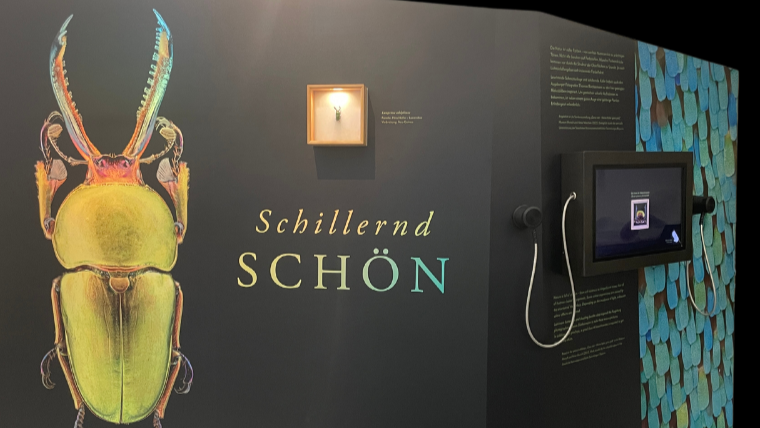
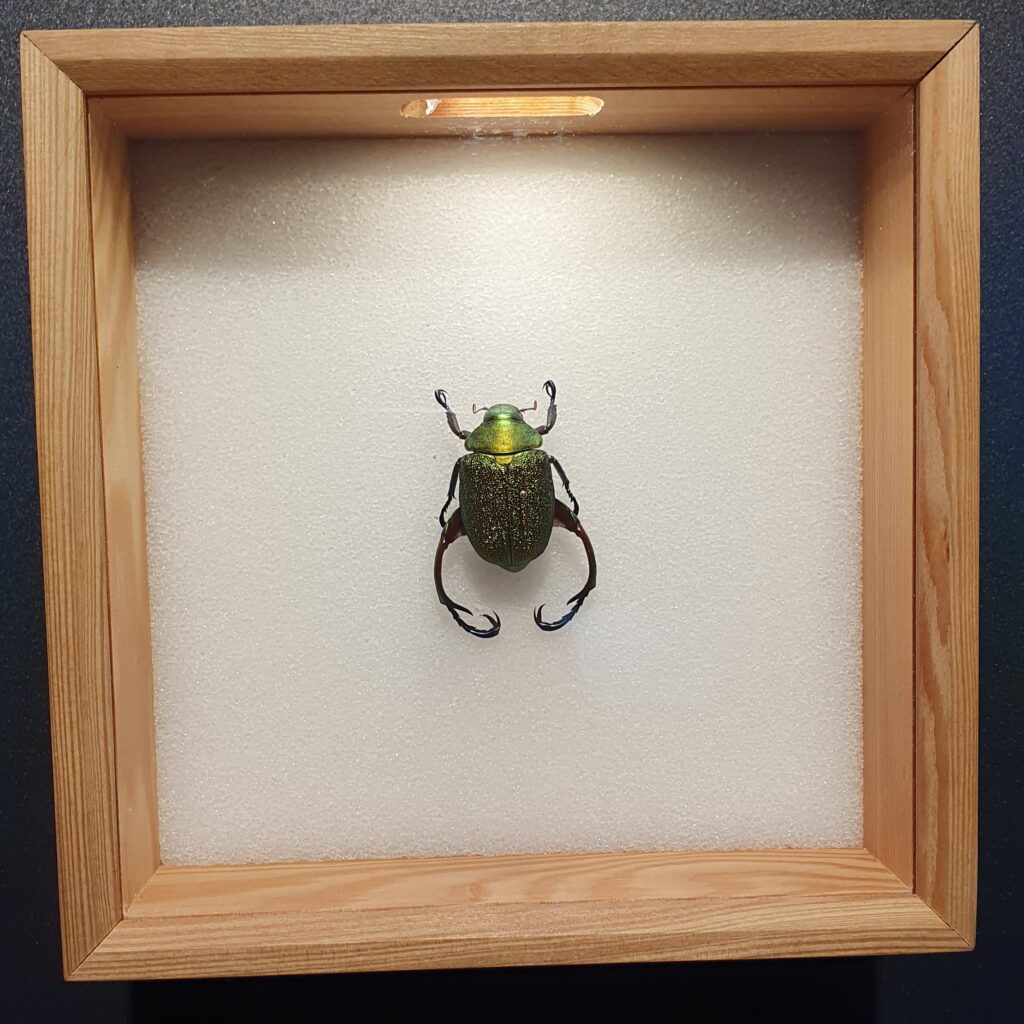
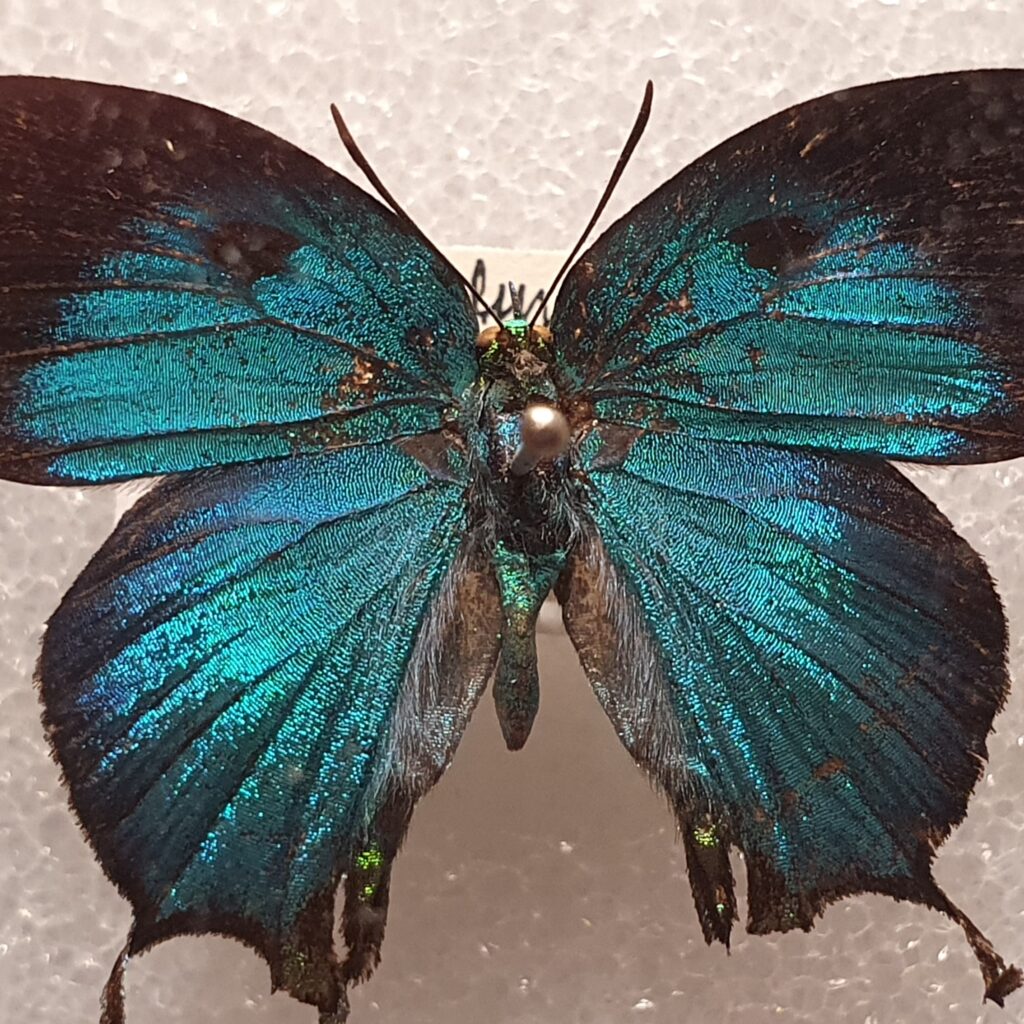
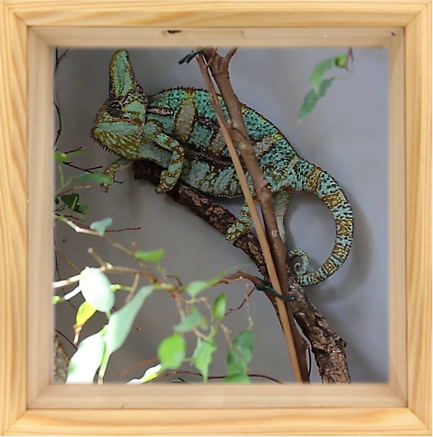
Past special exhibitions

Bionik to the Future – a time travel to Nuremberg in 2050
What will our future look like? The Bionicum dares a thought experiment and travels to the year 2050. How are internet cables connected to spider silk or robot arms to owls’ necks? A journey through time reveals the secrets of technical developments based on nature’s models. The special exhibition Bionik to the Future shows how bionik research will make life in the future more environmentally friendly and easier.
The BayBionik project, funded by the Bavarian State Ministry of the Environment and Consumer Protection, joined five Bavarian universities to carry out bionik research. Their mission: to use models from nature to develop resource-saving and biologically compatible technologies.
Time travelling is being continued with the app Bionik2Future
Pretty gross!
Stinky, rotten, slimy: That’s pretty disgusting! All over the world, people contort their faces in disgust. Even the evolutionary biologist Charles Darwin recognized this violent reaction as an innate instinct.
Yet engaging with the revolting also provides a special thrill, whether it’s petting creepy-crawlies or examining lice under the magnifying glass.
The special exhibition at the Bionicum explored the world of disgust between exotic delicacies and fascinating creatures. There is hidden beauty to be discovered in the supposedly disgusting.
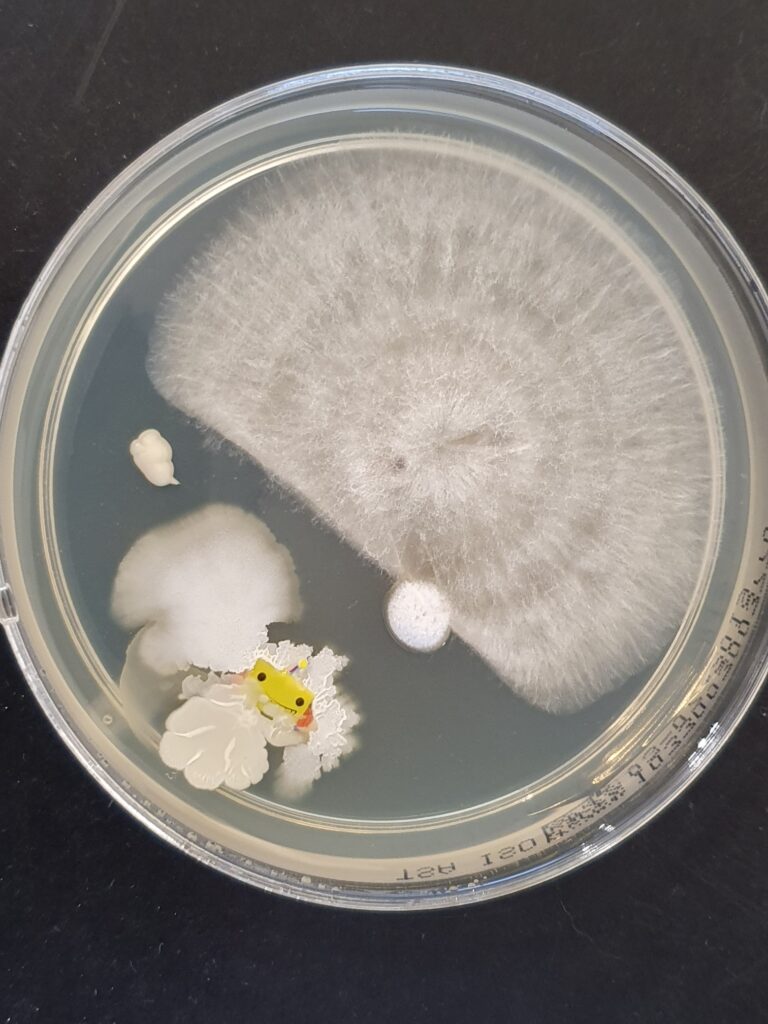
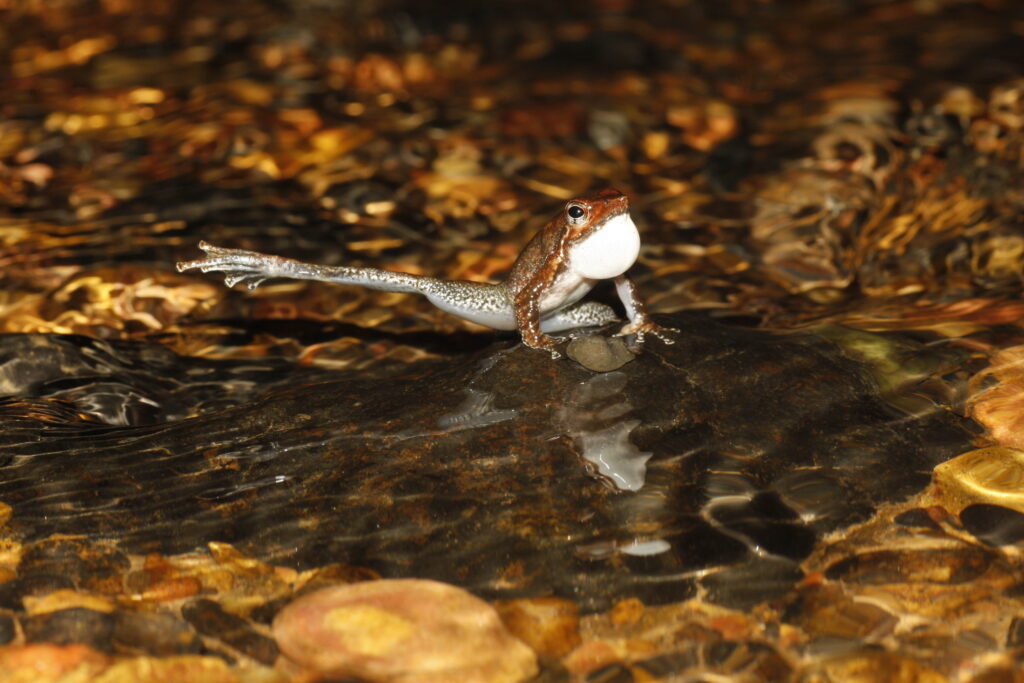
Speechless – by no means
Barking fish, waving frogs and glowing worms: Animals communicate in many ways. In addition to sounds, they use scents, colors and even electrical signals to communicate and orient themselves. We humans can learn a lot from this – and develop animal sensors, warning systems and antennas. The special exhibition at the Bionicum in the zoo showed exactly how this works.
Nature meets architecture
Snails and mussels are specialists in mobile living. Birds build sophisticated nests and prairie dogs perfectly ventilated burrows. Grass stems, bamboo or beech trees also impress with their construction: No storm will bend them over so easily.
So it’s no wonder that architects are inspired by nature’s ingenious construction plans. The special exhibition at the Bionicum presented the results.
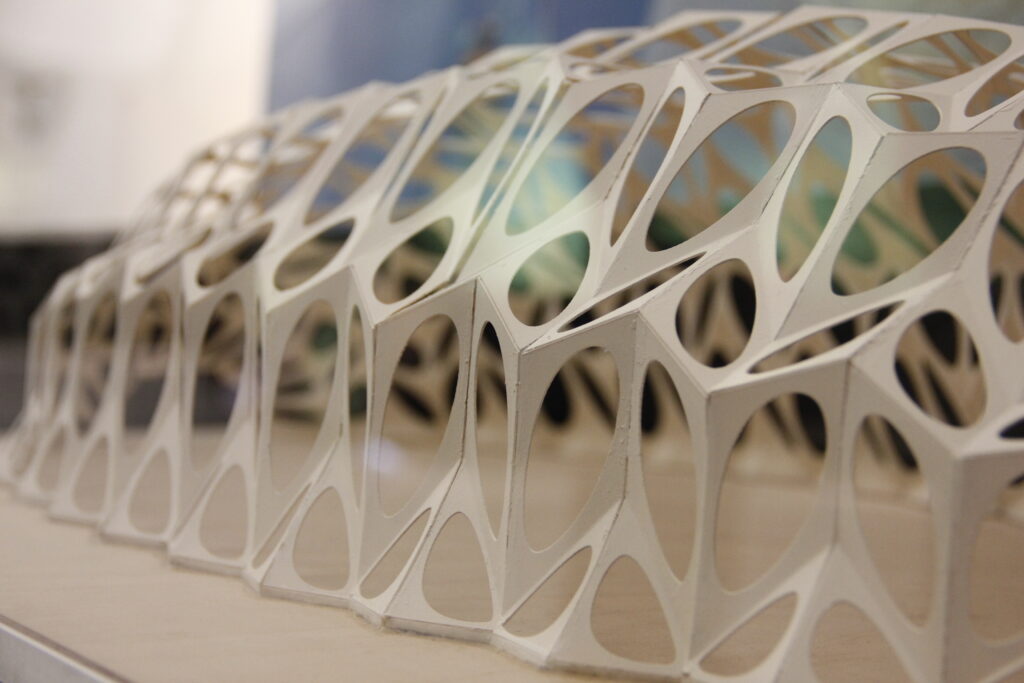
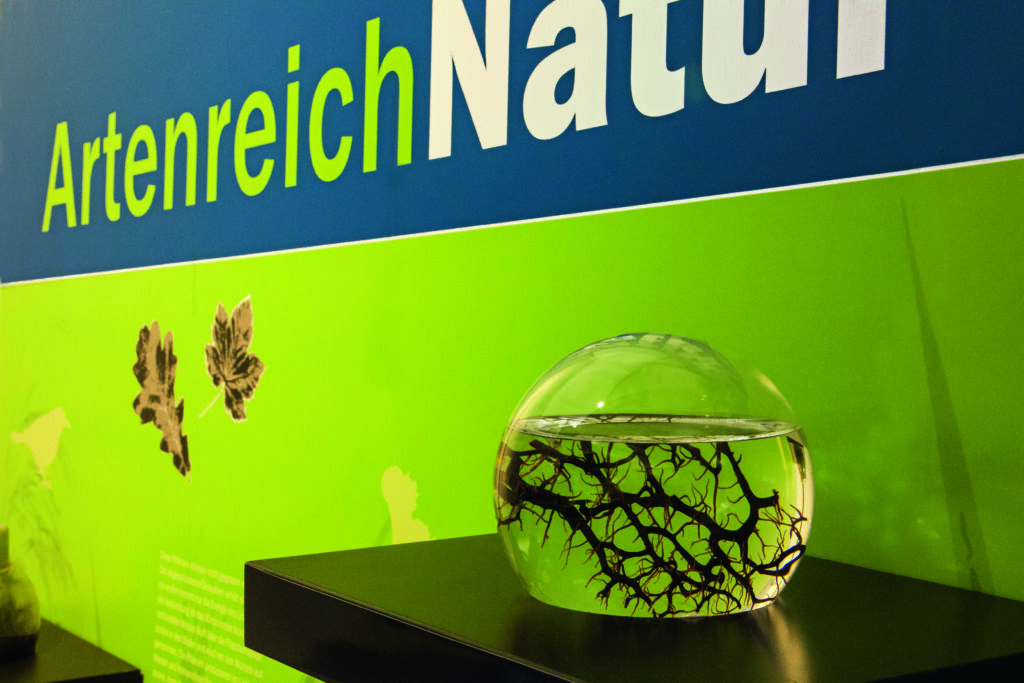
Nature rich in species
Biodiversity is often only perceived in the context of species conservation and climate conferences. However, it is the basis for securing the world’s food supply, for new medicines, for technical progress and much more. The special exhibition Species Rich Nature at the Bionicum shows everything that is hidden behind this term and what influence humans have on it.


